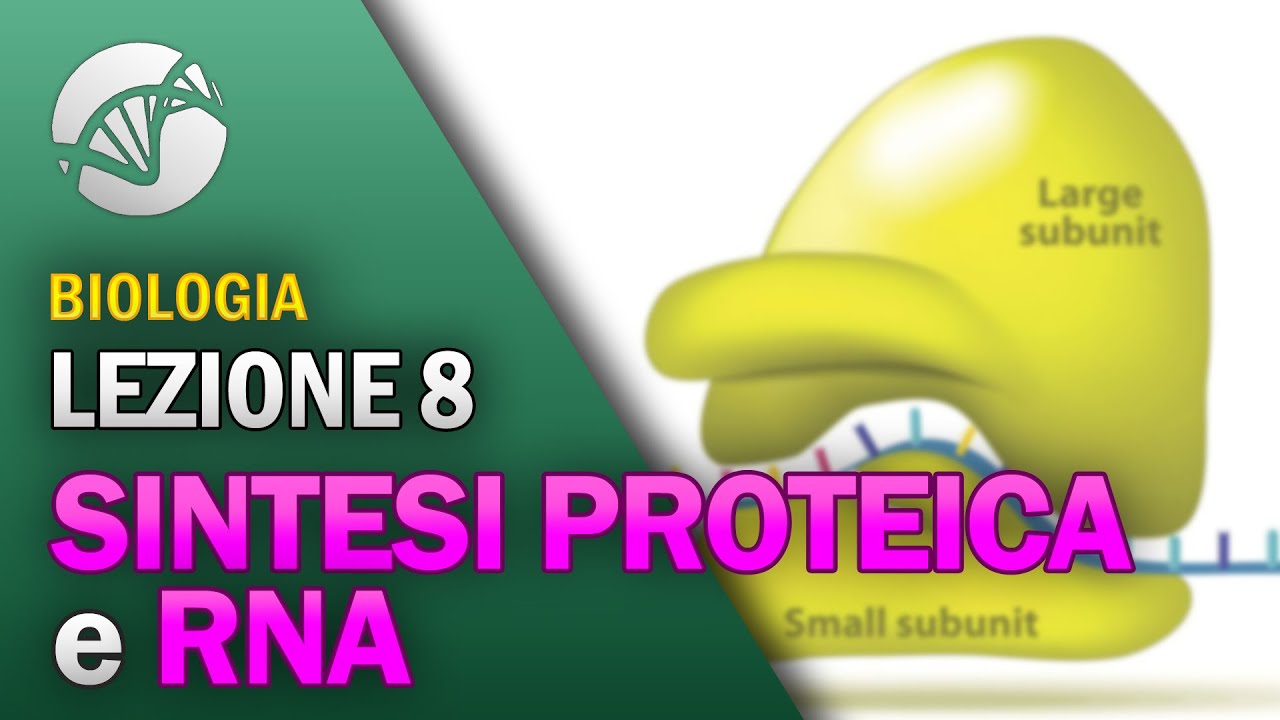Protein Synthesis (Updated)
Summary
TLDRThis video script from Amoeba Sisters dives into the fascinating process of protein synthesis, starting from DNA and involving RNA. It explains how genes in DNA are transcribed into mRNA, which then translates into proteins with the help of tRNA and rRNA. The script simplifies complex biological processes, highlighting the importance of proteins in various cellular functions and using a codon chart to illustrate how amino acids are assembled into proteins based on mRNA codons.
Takeaways
- 🧬 DNA contains genetic information that codes for traits like eye color.
- 👁️ Eye color is determined by pigments produced through proteins coded by genes.
- 🧪 Protein synthesis involves creating proteins essential for various bodily functions.
- 🏗️ Proteins play crucial roles in transport, structure, enzymes, and protection.
- 🔬 Protein synthesis occurs in two major steps: transcription and translation.
- 🧾 Transcription involves transcribing DNA into mRNA in the nucleus.
- 💌 mRNA carries the genetic message from DNA to the cytoplasm.
- 🏭 Translation happens in the ribosome where mRNA is used to assemble proteins.
- 🔗 tRNA brings amino acids to the ribosome based on mRNA codons.
- 📊 A codon chart helps determine which amino acids correspond to specific mRNA codons.
- ⛓️ Amino acids are linked by peptide bonds to form proteins, directed by mRNA sequences.
- 🛑 The process ends when the ribosome reaches a stop codon, completing the protein chain.
Q & A
What is the main topic discussed in the video script?
-The main topic discussed in the video script is the process of protein synthesis, specifically how DNA results in a trait through the creation of proteins.
Why is the pigment inside the eyes important for determining eye color?
-The pigment inside the eyes is important for determining eye color because it is the substance that reflects the light, giving the eyes their color. Genes code for proteins that help make this pigment.
What does the term 'protein synthesis' mean?
-Protein synthesis refers to the process by which cells create proteins, which are essential for various functions including transport, structure, enzyme activity, and protection of the body.
What is the role of RNA in protein synthesis?
-RNA plays a crucial role in protein synthesis by transcribing the DNA into a message (mRNA) and then translating this message into a sequence of amino acids to build a protein.
What are the two major steps in protein synthesis?
-The two major steps in protein synthesis are transcription and translation. Transcription is the process of creating mRNA from DNA, and translation is the process of using this mRNA to build a protein.
What is the purpose of RNA polymerase in the transcription process?
-RNA polymerase is an enzyme that connects complementary RNA bases to the DNA during transcription, forming a single-stranded mRNA that carries the genetic message for protein synthesis.
What is the significance of mRNA editing mentioned in the script?
-mRNA editing is significant because it refines the mRNA before it is used in translation, ensuring that the genetic message is accurate and can be correctly translated into a functional protein.
What is the role of tRNA in the translation process?
-tRNA (transfer RNA) carries specific amino acids to the ribosome during translation. Each tRNA has an anticodon that is complementary to an mRNA codon, ensuring that the correct amino acid is added to the growing protein chain.
What is a codon and why is it important in translation?
-A codon is a sequence of three mRNA bases that codes for a specific amino acid. It is important in translation because it determines the sequence in which amino acids are added to the protein being synthesized.
What is the function of a start codon in protein synthesis?
-A start codon, such as AUG, signals the beginning of translation. It is where the ribosome starts to read the mRNA and where the synthesis of the protein begins, typically with the amino acid methionine.
What are stop codons and their role in translation?
-Stop codons are special codons that do not code for any amino acid. They signal the ribosome that the protein synthesis is complete, and no more amino acids should be added to the protein chain.
How does the process of protein synthesis relate to the traits we exhibit, such as eye color?
-Protein synthesis is the process by which the information in our DNA is used to create proteins that contribute to our traits. For example, the proteins involved in the production of pigments in the eyes determine our eye color.
Outlines

This section is available to paid users only. Please upgrade to access this part.
Upgrade NowMindmap

This section is available to paid users only. Please upgrade to access this part.
Upgrade NowKeywords

This section is available to paid users only. Please upgrade to access this part.
Upgrade NowHighlights

This section is available to paid users only. Please upgrade to access this part.
Upgrade NowTranscripts

This section is available to paid users only. Please upgrade to access this part.
Upgrade NowBrowse More Related Video

Protein Synthesis | Cells | Biology | FuseSchool

Transcription and Translation (Steps in Protein Synthesis) - Amoeba Sisters #Shorts

DNA and RNA - Transcription

Macrolides: Mechanisms of Action and Resistance

BIOLOGIA - Lezione 8 - Sintesi Proteica e RNA

Kamu unik, dan genmu adalah buktinya! Simak video ini....bagaimana DNA membentuk dirimu🧍🏻👋🏻
5.0 / 5 (0 votes)